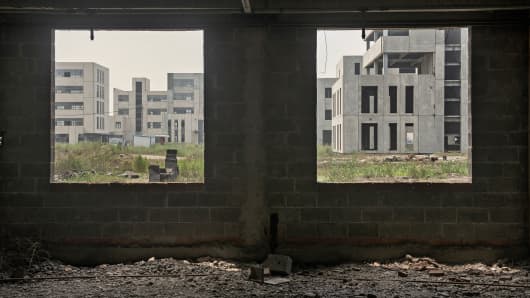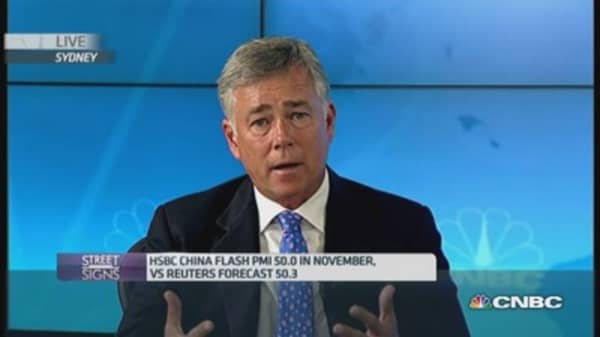So now they start easing credit.
Five years after an epic spree of reckless mortgage lending in the U.S. sank the global financial system, U.S. banks are healing relatively well, thanks to aggressive rate slashing and money printing early on by U.S. central bankers.
That's a big reason the U.S. recovery, though halting, shows signs of staying power.
But the rest of the global economy is now slowing again. There are multiple causes, but as the U.S. banks have gotten back on their feet, China and Europe are still digging out from piles of bad debt. That's made it tougher for those banks to extend new loans, which puts a serious damper on any economy.
So the central banks in Europe and China on Friday announced moves to ease credit—hoping to reverse the recent slide in economic growth.
Those moves come pretty late in the game, though, which means they may have limited impact. Here's why:
How, exactly, does cutting interest rates help an economy grow?
An economy is made up of four main components: government spending, exports, investment and personal consumption (aka people buying stuff). Much of the growth in all four categories is financed with borrowed money, from a government selling bonds to your use of a credit card. If you lower the cost of borrowing, you help boost that growth.
But doesn't printing money cause inflation?
It can, but there's little evidence that the U.S. Fed's epic easy money policy is doing so. After injecting more than $3.5 trillion into the stem with three rounds of bond buying, consumer prices are rising less than the Fed's 2 percent target and there is zero evidence of wage inflation.





